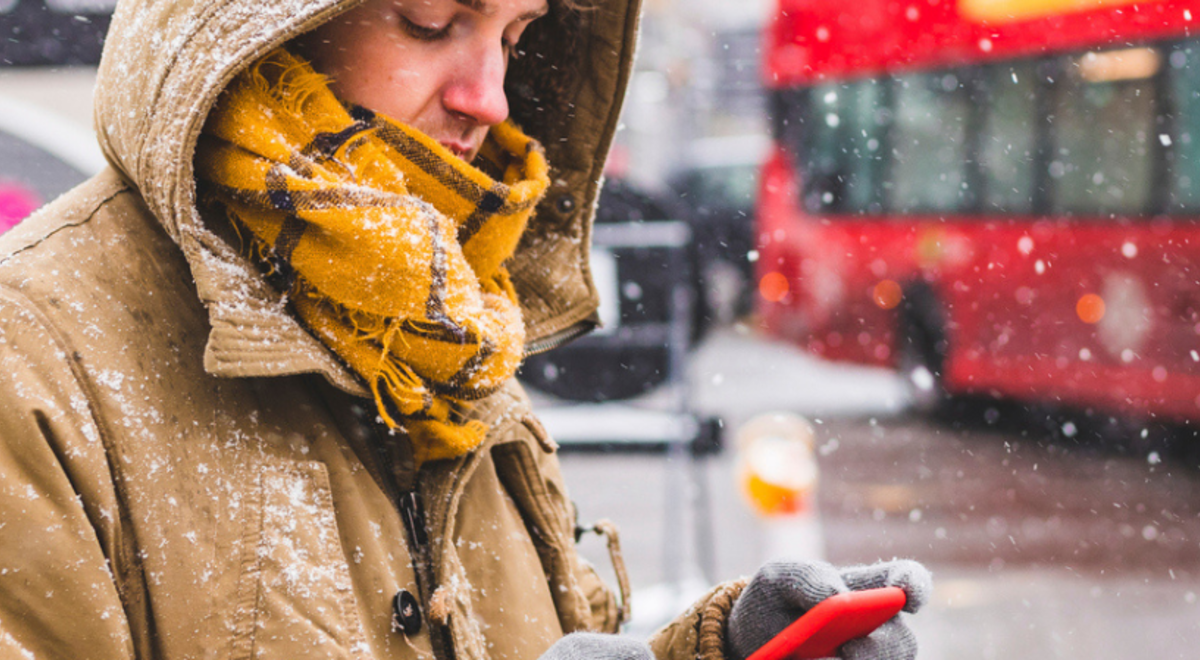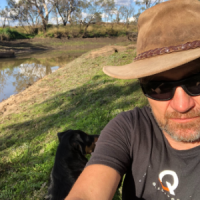Cold climes make for fun times, but can be a real drag if you’re ill-prepared. Here’s 10 tips to getting ready for a winter holiday.
- Wear layers not a bear suit
- Fly in your bulkiest clothes
- Water proof raincoat
- Beanie
- Scarf
- Gloves
- Boots
- Thermos
- Weather apps
- Surviving hypothermia
Australians love winter, but not Australian winters. In Australia, winter is that uneventful downtime between the annual bookends of summer glory (insert cherished memories here of beaches, barbies, cricket and the stickiness of a paddle-pop melting down your forearm).
So while Australia is champion at laying on a good summer, our idea of a decent winter is one spent elsewhere – skiing or snowboarding among the alpine wonderlands of New Zealand or Europe perhaps, or venturing through the North American Rockies, or exploring Yokohama on a windswept January afternoon, or that sentimental favourite, a cosy Christmas in London cuddling a radiator.
Cold climes make for fun times, but can be a real drag if you’re ill-prepared. So, we’ve punched out a quick list of essentials and tips.
1. Wear layers not a bear suit
Tempting as it may be to prepare for the impending icy elements by buying one thick, humongous hairy/puffy jacket, having various layers in your luggage is much more practical. That way you can strip off or slip on layers to suit changeable weather conditions. And puffy items can be a nightmare to pack. Exactly which layers you should pack will vary according to your taste and sense of practicality. But a core list could consist of fleece, hoodie, jumper, collared shirts, t-shirts, thermal (polypropylene) long underwear, jeans and woolly socks.
2. Fly in your bulkiest clothes
If your packing space is at a premium it makes sense to wear a few bulky items from locale to locale if you can. Puffy jackets punch down quite nicely into the overhead locker too.
3. Waterproof raincoat
Cold and wet go hand in hand so one good waterproof hood-to-hips layer will become your best friend. Because snow, sleet and rain rarely visit without a steely breeze in tow, your fav fold-up brolly just won’t cut it.
4. Beanie
Contrary to popular belief, we don’t lose body-heat though our heads any more than we lose it out of any other body part. But because the average human head accounts for around 7% of our surface area, plugging the warm radiance of your prized noggin with a beanie still marks the difference between warmth and suffering.
5. Scarf
Imagine snapping a selfie somewhere snowy and not wearing a scarf! This is your ONE item that exercises your “it’s cold and that’s cool” bragging rights to friends, family and followers. Plus, it keeps your neck nice and warm. Opt for a wide one and it can double as a blanket on the bus, train, plane journeys too.
6. Gloves
A sturdy pair of thin, wind- and water-resistant gloves ensures you maintain a workable level of finger dexterity when temps drop to near freezing or below. The puffy, ski variety might be indispensable for snowboarding, but they’re not much use if you’re fumbling for your rental-car keys to fetch and fit snow-chains as a blizzard looms. Top tip: Some light to mid-weight varieties now come with high-tech conductive fibre so you can enjoy treasured touchscreen time without getting frosty fingers. Snapping beloved fitting snow-chains. Click.
7. Boots
Serious snow time on foot calls for the right boots. A sturdy all-rounder that can take you from rocky alpine trails to the frigid powder and slush of the skifield needn’t set you back more than $200. Look for full-grain leather design with decent rubber waterproof protection from toe to heel - as well as a well-defined tread on the sole for max grip in slippery conditions.
8. Thermos
The best wintery spots are typically out-of-the-way day trips and well over a snowball’s throw from anyone with an espresso machine - or any other means of delivering you something hot you can internalise. That’s where the humble thermos comes to the fore. Fill it with your fav hot liquid before you set off from civilisation and it becomes your most treasured travelling companion for the day.
9. Weather apps
Winter weather outside the tropics is notoriously unpredictable, making a decent weather app essential to any venture into the cold. True, just about every device comes with its own weather app - but if the weather takes a turn for the worst, you’ll need something that will offer you more than just the forecasted temperature and likelihood of rain. A dependable weather app will give you detailed forecasts, wind and visibility data, real time radar images and severe weather alerts. The best free apps include The Weather Channel, 1weather and Carrot Weather. You can even configure the latter to deliver your forecasts with varying levels of sarcastic humour.
10. Surviving hypothermia
If for any reason a failure of the points above sees your body temperature, or that of a companion, falling dangerously low, here’s what to look for and what to do.
Symptoms:
- Shivering
- Slurred speech, mumbling
- Shallow and slow breathing
- Weak pulse
- Loss of coordination muscle control
- Drowsiness or lethargy
- Confusion or memory loss
- Unconsciousness
- Bright red, cold skin (in small children)
What to do:
- If you detect any of these symptoms, seek medical help immediately. And follow these first-aid guidelines until help arrives:
- Move the person away from the cold and wind if possible.
- Handle them gently if they need assistance. Be gentle, and avoid vigorous movements or massaging or rubbing the person as these can trigger cardiac arrest.
- Remove their wet clothing and use blankets or dry jackets to warm them, covering as much of the body and head as possible (leaving their face exposed). If you’re outside, ensure there is a dry layer between their body and the ground.
- Monitor the person’s breathing and pulse. If their breathing stops, begin CPR if you’re trained.
- If the person is alert enough to be able to swallow, hot non-caffeine drinks will also help them warm up. But don’t give them alcohol, as this actually makes them worse.









